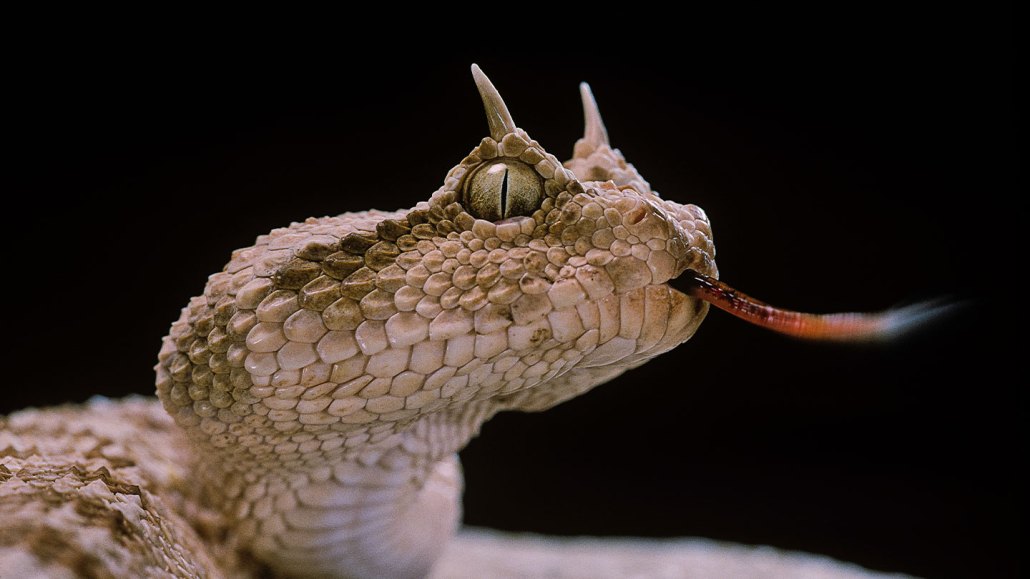
Lizard and snake horns — like those of the Saharan horned viper (Cerastes cerastes) — may be less likely to evolve in more active lizard and snake species because they may make the reptiles easier to spot by both predators and prey.
Paul Starosta/Getty Images